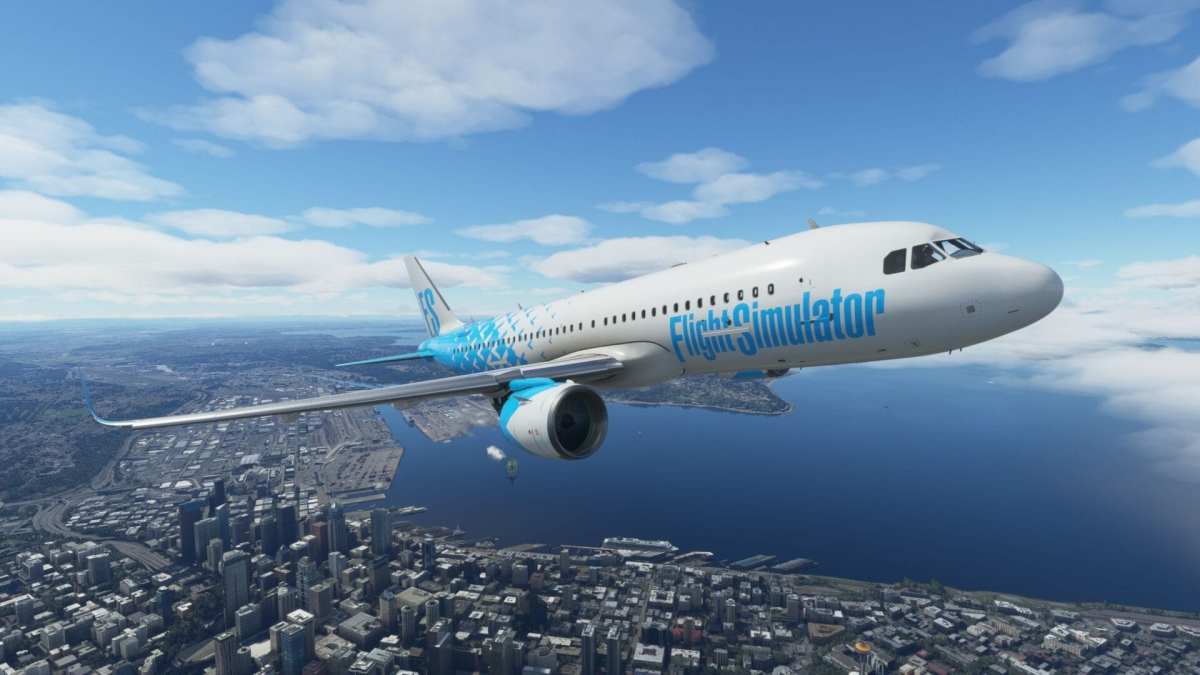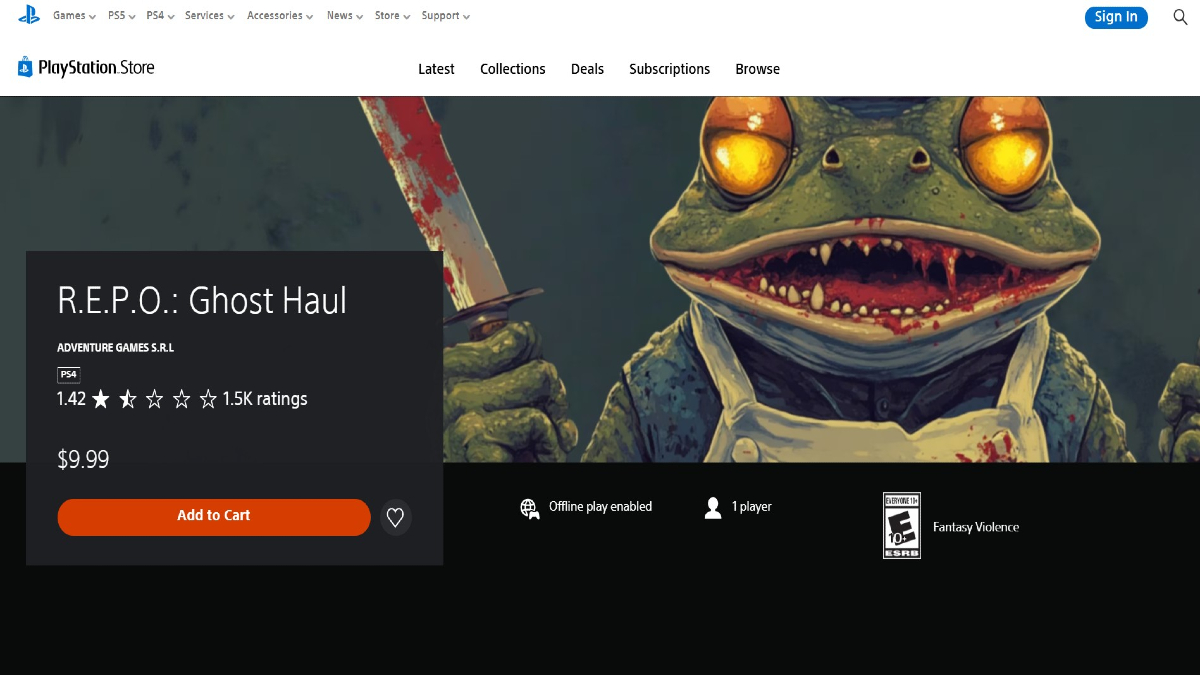Today Microsoft hosted a livestreamed Q&A session dedicated to Microsoft Flight Simulator, primarily focusing on the software development kit.
We hear from head of Microsoft Flight Simulator Jorg Neumann, SDK Producer Alyzée Arfel, and Lead SDK developer Eric Pellissier.
The software development kit (or SDK) is what developers use to create the many add-ons released and in the works for the growing simulator. Incidentally, the upcoming Xbox version was a relevant topic as Microsoft is preparing to help developers prepare their add-ons for the new platform.
To better answer developer questions, the private third-party forum is being replaced with the AnswerHub platform, which is the same used by Unreal. This platform will be open to everyone on May 3, including freeware developers and even users.
A new section about the Xbox release has been added to the SDK documentation. For instance, this includes ways to optimize airports’ memory footprint so that they work well on the consoles.
Today the SDK team includes one producer, one tech writer, one tech QA, and three software developers. This includes five new developers that have recently been hired or are coming over the next few weeks.
Future development focus for the SDK includes the Visual Effects Editor (which is almost ready and will come with the next update), improvements to the Scenery Editors including exclusions, SimConnect, and WebAssembly.
From now on, new features for the SDK will be coming with the Sim Updates and not with the World Updates to enable better testing before things are rolled out.
The Xbox version will bring the implementation of DirectX 12 (also for PC), and Microsoft is making sure that addons try to load too many assets on the console version going beyond the resources available to the console itself (for instance too much RAM) will be cut during loading to avoid issues.
Of course, this is an extreme situation, so a profiling tool included in the PC version will allow developers to have much better visibility on the resources used by their addons, enabling better optimization to avoid getting to the cutoff point. This tool also provides data on which specific parts weigh the most on hardware resources.
By using that profiling tool, developers will be able to design their addons so that they fit fine on Xbox. Of course, at times users load tens of addons at the same time. If that leads to using more resources than available (for instance running out of RAM), the simulator will display a warning and not load addons that go beyond that threshold.
Add-ons that are simply too large or too detailed to run on Xbox Series X|S will still be sold in the marketplace, but the plan is to label them Windows Only. Of course, Microsoft doesn’t intend to force any developer to limit their add-ons in order to fit on Xbox.
Microsoft and Asobo see the Xbox Series X version as an unprecedented opportunity for flight simulation in general and for add-on developers, with the hope of bringing as many casual users as possible into the fold of the hobby, but third-party developers won’t be required to support it. Xbox support is completely opt-in and optional.
In the Project Editor, there already is a new feature enabling developers to flag whether their add-on is going to be for PC, for Xbox, or for both. All the content created directly by Asobo will be available for both.
Of course, Microsoft and Asobo would like to encourage third-party developers to support the Xbox versions. Chances are that a lot of the content that is already available already fits the console without issues.
Neumann confirmed that both Xbox Series X and Xbox Series S will be supported, and Asobo has done an awesome job in optimizing the simulator to run on them. Yet, Microsoft is also trying to bring MSFS to the Xbox One. Work for this is in progress, and nothing can be said at the moment. They don’t know for sure yet if this will be possible, but the desire to achieve it exists. That being said, for this summer the focus is on Xbox Series X and S.
In order to help developers, Microsoft will provide samples of optimized airports compared to non-optimized ones to illustrate the process, on top of available documentation.
We also get the confirmation that mouse and keyboard will be fully supported on Xbox Series X and S. Neumann himself tests the simulator on Xbox with a joystick from Thrustmaster, mouse, keyboard, and a giant TV. It’s “pretty damn good.”
The team hasn’t decided yet whether SimConnect will be supported on Xbox. At the current state of development, connecting via local network with third-party programs on PC with the Xbox version doesn’t work, and the developers can’t yet say whether it will be implemented.
Neumann also mentioned that he believes that add-ons available for both Windows and Xbox will have to be purchased only once and the user will be entitled to use them on both platforms. That being said he clarified that he’ll have to double-check this with the business team. That being said, Steam will likely be separate.
Whether updates will be simultaneous between PC and Xbox or not is something that remains to be decided.
Talking about beta testing new updates to the simulator, the plan is to allow all third-party developers to get into the beta so that they can be sure their add-on works when the update is released.
The developers are still considering whether to make an official Blender exporter or to provide all the necessary tools so that third-party can make their own. That being said, Blender will be supported one way or the other.
There are plans to implement multi-threading support with WASM and it’s already on the roadmap. Asobo is working on coming up with its own solution to enable this. It’ll hopefully come this year. The devs are also planning to improve the performance of HTML instruments.
At the moment there are no plans to let third-party developers completely override the flight model, but the plan is to take their feedback to improve it so that it reaches a status in which everyone is happy.
Asobo is aware that it’s complicated to fully exploit the flight mode, so they also plan on providing more documentation to enable that.
Microsoft and Asobo will keep working on DevMode and on the SDK to improve them going forward. There are further improvements coming that haven’t been announced yet.
Neumann concluded the Q&A by mentioning that work on the Xbox version has gone beyond the technical side and is now on the experience side to make sure that everything is really great, and it’s not going to be released before that is the case. A specific release date will be announced when the team is confident about it. They’re proud of the quality of the sim and want to preserve it on consoles as well.
Recently, we published our massive interview with Neumann himself, who provided a lot of new info about the present and future of the sim. Yesterday we also received lots of new details about upcoming content including two new aircraft and a world update focused on Nordic countries.
If you’d like to read more about Microsoft Flight Simulator add-ons, you can enjoy our recent reviews of Key West Airport, the Okavango Delta, Bali Airport, London Oxford Airport, Berlin Brandenburg Airport, the CRJ 550/700, the PA-28R Arrow III, Kristiansand Airport, Macau City & Airport, Bonaire Flamingo Airport, Milano Linate Airport, the Singapore City Pack, Tokyo Narita Airport, Yao Airport, the F-15 Eagle, the Paris City Pack, Greater Moncton Airport, Tweed New Haven Airport, Santorini Airport, Sydney Airport, Helsinki-Vantaa Airport, Reggio Calabria Airport, Bastia Poretta Airport, Munich Airport, Paris Orly Airport, Newcastle International Airport, Sankt Johann Airfield, Dublin International Airport, and Seoul City Wow. We also have a beta preview of Singapore Changi airport.
If you want to learn more about the game itself, you can read our review that will tell you everything you need to know about Asobo Studio’s game.
Microsoft Flight Simulator is already available for Windows 10 and Steam and will release in summer 2021 for Xbox Series X ad Series S.













Updated: Apr 21, 2021 05:22 pm